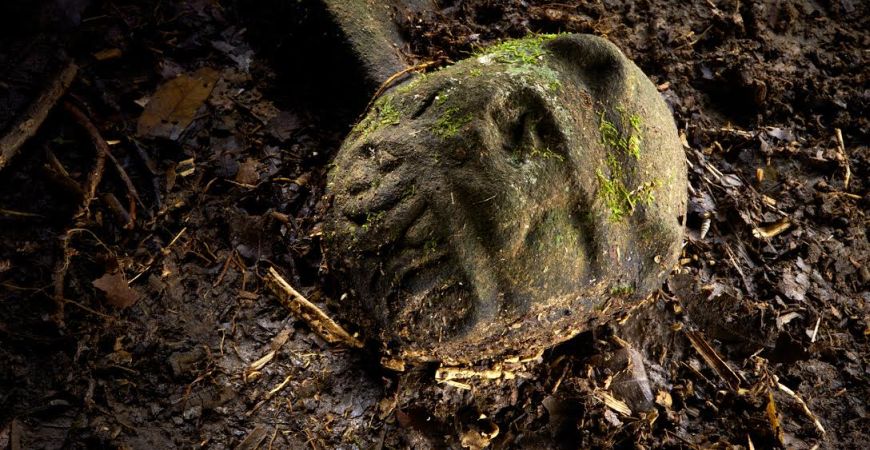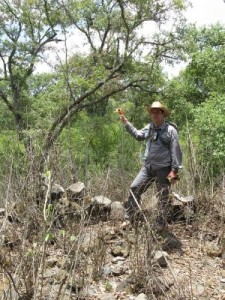CSU professors play prominent role in discovery of ancient city
by Tony Phifer | March 2, 2015 5:05 PM
Endnotes:
- National Geographic story: http://news-beta.nationalgeographic.com/2015/03/150302-honduras-lost-city-monkey-god-maya-ancient-archaeology/
- National Geographic: http://news.nationalgeographic.com/news/2015/03/150302-honduras-lost-city-monkey-god-maya-ancient-archaeology/
- analyzed LiDAR images: http://today-archive.colostate.edu/story.aspx?id=8618
- Under the LiDAR Productions (UTL): http://www.utlproductions.net/
- Fisher: http://anthropology.colostate.edu/fisher/
- Leisz: http://anthropology.colostate.edu/leisz/
Source URL: https://source.colostate.edu/csu-professors-play-prominent-role-in-discovery-of-ancient-city/
Copyright ©2024 SOURCE unless otherwise noted.

 The finding was reported Monday in National Geographic[2] after an international research team, backed by the Honduran government, emerged from the jungle last week after mapping the site and preparing it for excavation in the near future.
The finding was reported Monday in National Geographic[2] after an international research team, backed by the Honduran government, emerged from the jungle last week after mapping the site and preparing it for excavation in the near future.